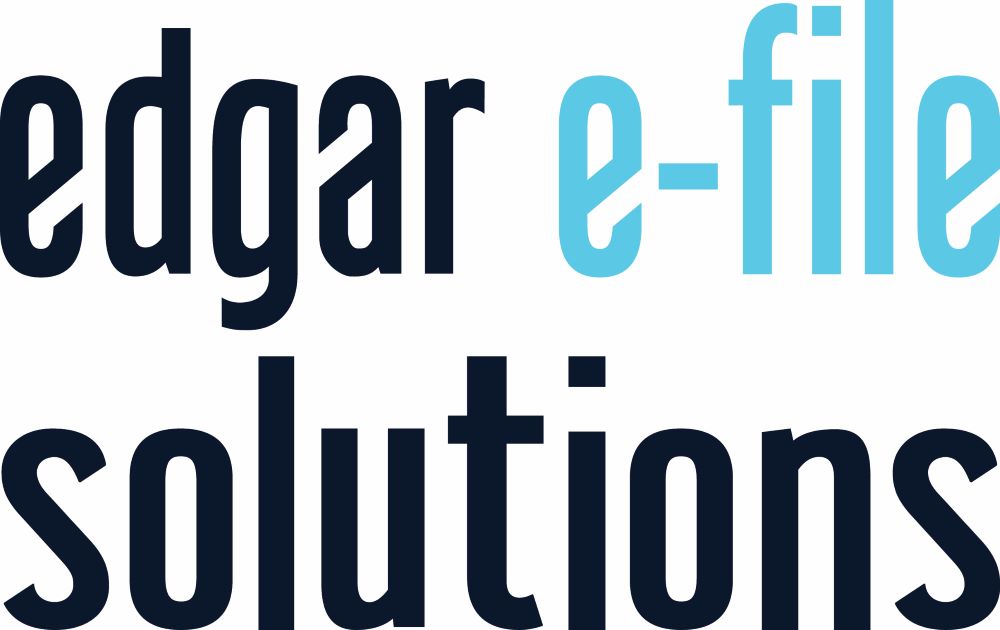Blogs
Introduction
In the meticulous world of financial reporting, the preparation and presentation of documents play a pivotal role. Typesetting, layout, and design are not just about aesthetics; they are crucial for clarity, accuracy, and regulatory compliance. This blog delves into the best practices for financial document preparation, ensuring that your reports not only meet but exceed industry standards.
The Role of Typesetting in Financial Reporting: Typesetting in financial documents is more than just arranging text on a page. It involves the careful selection of fonts, spacing, and layout to enhance readability and professionalism. In the financial sector, where complex data and figures are commonplace, effective typesetting ensures that information is accessible and understandable.

Best Practices for Document Layout and Design:
- Clarity is Key:Ensure that the layout is not cluttered. Use headers, bullet points, and spacing effectively to guide the reader through the document.
- Consistency Matters:Maintain a consistent style throughout the document. This includes font sizes, colors, and heading styles.
- Data Visualization:Utilize charts and graphs where appropriate to illustrate financial data clearly.
Ensuring Compliance in Financial Reporting: Compliance with regulatory standards such as those set by the SEC is non-negotiable in financial reporting. This means:
- Adhering to Standards:Ensure that your documents meet all the formatting and filing requirements set by regulatory bodies.
- Regular Updates:Stay informed about the latest changes in compliance guidelines and adjust your document preparation process accordingly.
Importance of Accuracy: Accuracy in financial reporting cannot be overstated. It involves:
- Fact-checking:Rigorously check all financial data and statements for accuracy.
- Proofreading:Engage in thorough proofreading to prevent typographical errors that could lead to misinterpretation.
Leveraging Professional Expertise: Considering the complexity and importance of these documents, partnering with professionals who specialize in financial document preparation and typesetting can be invaluable. They can provide:
- Expert Guidance:Benefit from their knowledge of industry standards and compliance requirements.
- Advanced Tools:Access to specialized typesetting and design tools that ensure high-quality output.
“Even if we do not talk about 5G (specifically), the security talent in general in the country is very sparse at the moment. We need to get more (security) professionals in the system”
Conclusion: Effective typesetting and meticulous financial document preparation are crucial for ensuring accuracy and compliance in financial reporting. By following these best practices and possibly leveraging professional expertise, companies can ensure their financial reports are clear, compliant, and communicative.
